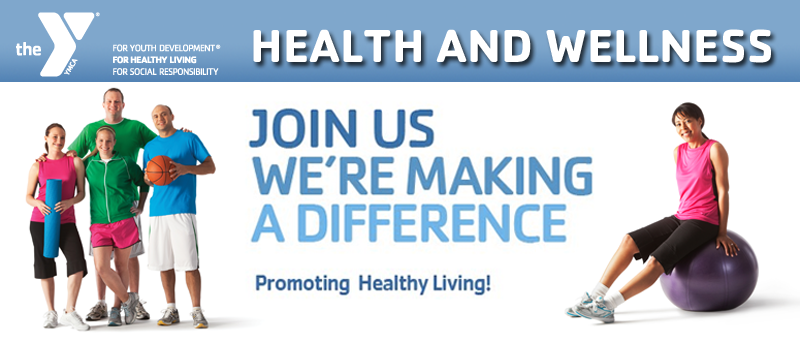As parents or coaches, we're always
concerned for the safety of our kids when they participate in sports. With
anything children do, there are some risks involved and it’s up to parents and
coaches to try to keep kids safe. However,
even with non-contact sports like hide-and-go-seek, there will be accidents
that can’t be prevented. Accidents will
happen. Our job, as parents and coaches is to recognize the most common types
of sport-related injuries in youth sports and work to prevent them.
·
Acute injuries - Include sprains (mostly
ankle), muscle strains, bone or growth plate injuries.
o
Warming up and stretching before practice or
games can help prevent these types of injuries.
·
Overuse injuries - Repetitive strain—or micro-trauma—to tendons, bones, and
joints result in overuse injuries such as little league elbow (LLE) and stress
fractures.
o
The American Academy of Pediatrics recommends children
participate in a variety of sports and activities that don’t put a demanding
toll on the same specific body part.
·
Concussion – The silent injury, concussions
occur when a bump or blow to the head changes the way the brain normally works—about
90 percent occur without loss of consciousness.
o
The Centers for Disease Control and Prevention include confusion,
inability to recall events before or after injury, headache, nausea, behavior
or personality changes, forgetfulness, irritability, dizziness, sluggishness or
sensitivity to light as signs of a concussion.
o
Help your child avoid minor or serious injuries by making
sure they always wear appropriate and properly-fitted sports equipment during
practice and play.
·
Heat illness –Include heat exhaustion or heat stroke
o
Heat exhaustion- Symptoms include heavy
sweating, rapid or weak heartbeat, cool, moist or pale skin, headache, cramps,
nausea, feeling faint or dizzy. If left untreated, heat exhaustion could become
serious and lead to heat stroke.
§
If a child has heat exhaustion, move the child
to a cool place and cool the body with water. Raise the child’s legs 8-12
inches, remove excess clothing and have the child drink cool water or a sports
drink. If unable to drink fluids, seek medical attention immediately.
o
Heat stroke - Symptoms include hot skin,
headache, confusion, collapse, altered consciousness, disoriented, combative or
irrational behavior, and a very high body temperature.
§
Call 911 immediately while making every effort
to cool the child. Immerse child in cold
water or soak child with cold water from a shower or hose.
·
Dehydration – Young athletes are at risk for
dehydration even in fall and winter months. Cold temperatures can reduce
sensation of thirst causing athletes to not drink enough and leading to
dehydration, loss of consciousness or other serious medical conditions.
Have children drink about 12 ounces of fluid 30 minutes before activity
begins, and at least ten gulps for every 20 minutes of play and every 20
minutes during the first hour after activity.
In extreme heat more water breaks will be needed.
